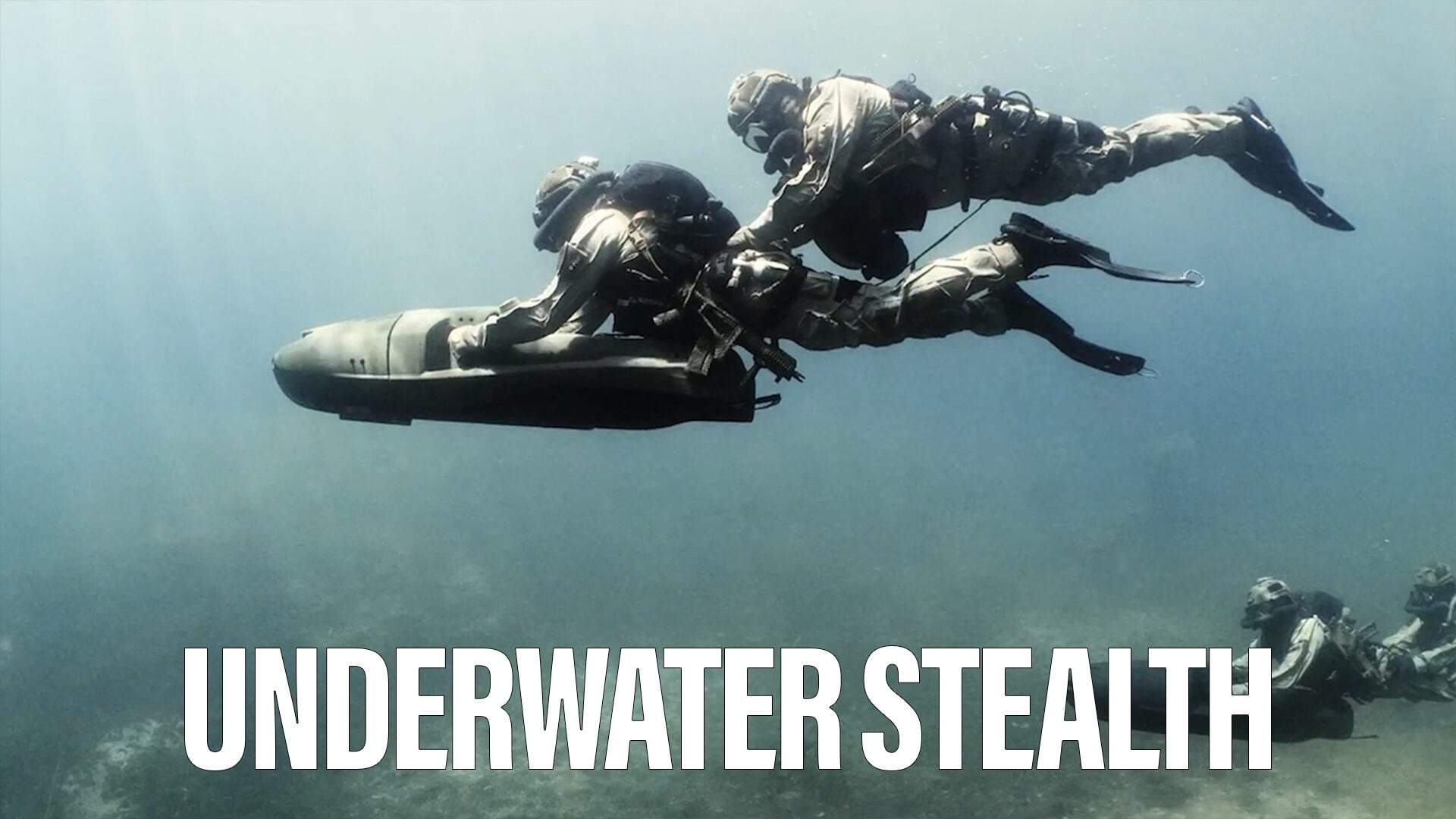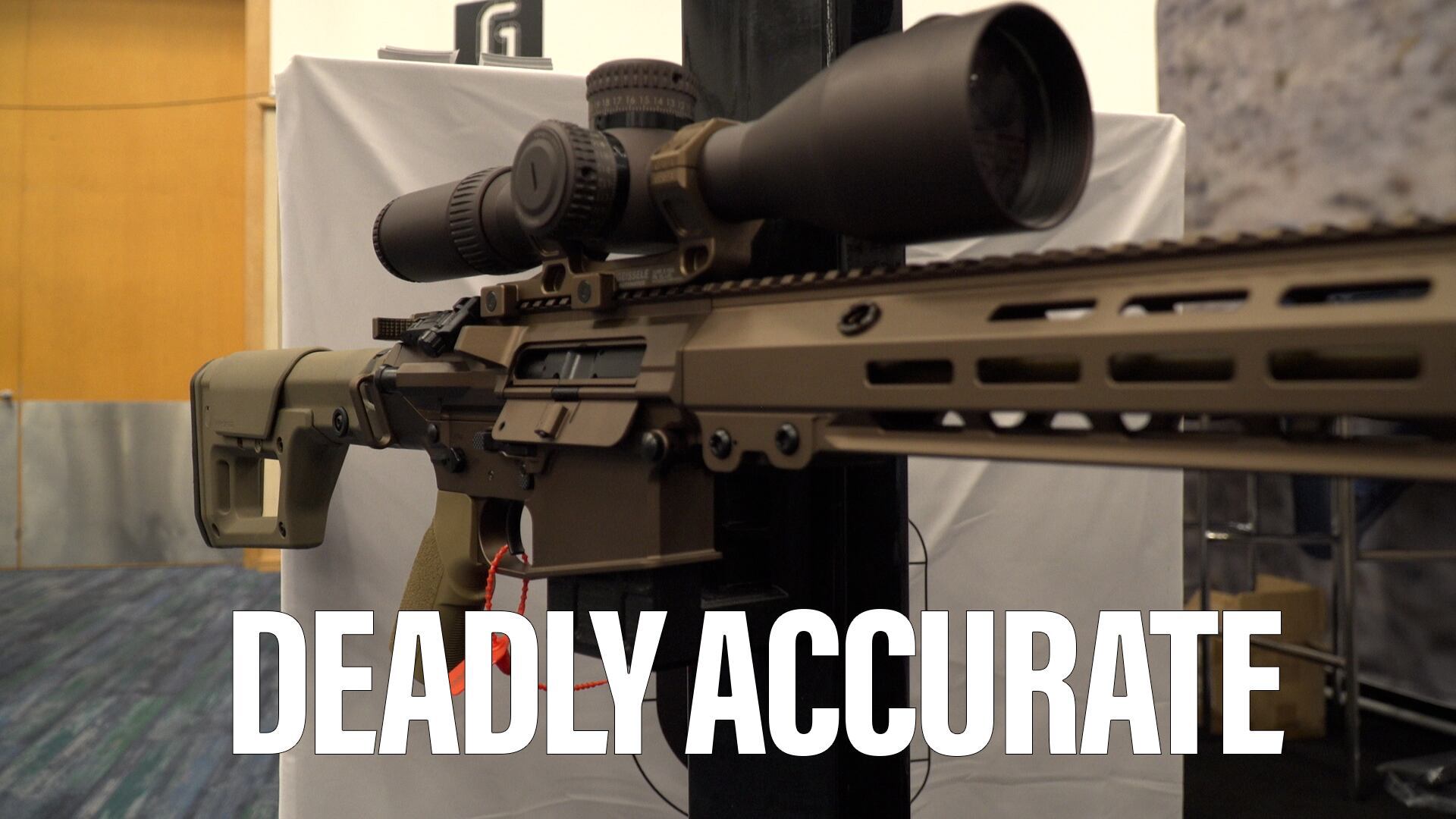WASHINGTON — When it comes to modernization, the US Army has come to recognize it does not always need to reinvent the wheel — or the router, server stack or tactical radio — especially when the commercial sector has ready or near-ready technology.
Two of the service's try-before-you-buy emerging technology events feature, or at least weave in, commercial off-the-shelf (COTS) gear, according to Army officials. These are the That is its massive bi-annual Network Integration Evaluation (NIE), and the Army Expeditionary Warfighter Experiment (AEWE) at Maneuver Center of Excellence's battle lab, Fort Benning, Georgia.
"We're not hung up on the TRL [technology readiness level]," said Harry Lubin, chief of the battle lab's live experimentation branch. "If it has a capability that TRADOC [Training and Doctrine Command] might be interested in, go ahead and bring it. We'll employ it within the constraints of its current capability. If it isn't hardened and can't get wet, still bring it, and we'll use it when we can."
While the NIE is less tolerant of immature technologies, one of its acquisition partners, the Army's Program Executive Office Command, Control Communications Tactical (PEO C3T), has made use of COTS and modified COTS across all of its major programs, according to PEO C3T director of public affairs, Paul Mehney.
"Today, as both commercial and military sector network capability continues to rapidly mature, we plan to leverage new technologies as they emerge in the commercial sector instead of encouraging developers to begin with a blank slate by designing a system or capability from the beginning to end," Mehney said.
The program office, which is seeking both hardware and software, employs commercial software applications, routers and server stacks in programs that have appeared in the NIE. For example, the NIE uses a modified Android computing environment for tactical situational awareness and mission command apps, called the Mounted Android Computing Environment. (MACE).
As for hardware, COTS is in use within the Army's developing tactical radio programs, its network backbone, called the Warfighter Information Network-Tactical (WIN-T), and particularly in its satellite communications systems.
The Army's first networking waveform radio, known as the AN/PRC 117G, is a single-channel COTS radio that provides wideband networking capability and interoperability with fielded waveforms. The 117G was evaluated at the NIE and in the field. It and several other COTS radios were deployed by the US and coalition forces, including the AN/PRC 148, AN/PRC 150 and AN/PNC 152.
A significant amount of COTS or modified COTS gear appeared in both WIN-T Increment 1, which provides soldiers with high-speed, high-capacity communications down to battalion level at-the-quick-halt; and Increment 2, for operations on-the-move.
When WIN-T's 4G/wireless command post is evaluated during future NIEs, COTS technology will feature prominently, Mehney said.
A decade old, the AEWE differs from the NIE in a few key ways. In scale, the AEWE is much smaller and focuses primarily on units below battalion, while the NIE includes brigade and higher echelons. Lubin called the AEWE the "farm system" to the NIE's "major leagues," because the NIE aims to field to a near future brigade "capability set," while the AEWE offers a forgiving test-fix-test environment.
Both use soldiers and scenarios designed to simulate real-world conditions.
At the end of each AEWE, the Army's testing agency will highlight technologies that would be ready for the NIE or worth a look by related Army proponents. Each vendors is given a report on its technology's performance in the AEWE, as well as direct feedback from the soldiers throughout the experiment.
At worst, participation can yield a learning experience, and at best, it can mean business. After the AN/PSQ-20 Enhanced Night Vision Goggles participated at Fort Benning a few years ago, the Army purchased 2,300 of them and fielded them to Afghanistan, Lubin said.
The AEWE, which began in 2004 with seven pieces of gear, was intended to see how emerging technologies could protect small combat units and make them more lethal. Retaining much the same mission, it has evolved into TRADOC's annual outreach to industry, and this year it involves 66 technologies, Lubin said.
The Army's research and development organizations have increasingly offered their Army-developed technologies to the AEWE. The arrangement allows vendors a sense of how ready their technology is and the Army a chance to work with cutting-edge technologies.
"At the start, it was 90 to 95 percent industry, and industry has remained the majority of the systems we look at, but we have seen a growing number of government technologies over the last several years," Lubin said. adding later: "A number of government and industry technologies use AEWE as a risk-reduction venue, knowing full well the next stop will be NIE."
To integrate the various technologies, many of them unmanned vehicles and sensors in recent years, the AEWE employs engineers from the Cyber Center of Excellence. Because there is no standing network, engineers will use vendor input to tailor-build the experiment's network each year to handle the various radio and video signals.
Critics say such experiments force companies to shoulder more of the up-front research and development costs, an unreasonable burden for small businesses. Lubin acknowledges that industry "underwrites a huge chunk" of the AEWE because they must get certified that their gear must be certified as is safe for soldiers to use, and the companies must bring the gear to Fort Benning, train the soldiers on it and maintain them throughout the experiment.
But in return, However, Lubin said, that in return, vendors get access to for a flexible testing environment, as well as valuable input about where to focus tech development dollars and what soldiers will accept. It also allows To boot, vendors to connect with each other and possibly associate their there, at times a chance to associated efforts.
"The smaller companies don't have a lot of exposure with the Army, so it gives them a better taste of working with the Army and what their path forward would be," whether with program offices, or research and development organizations, Lubin said.
At the end of each AEWE, the Army's testing agency will highlight technologies that would be ready for the NIE or worth a look by related Army proponents. Each vendors is given a report on its technology's performance in the AEWE, as well as direct feedback from the soldiers throughout the experiment.
At worst, participation can yield a learning experience, and at best, it can mean business. After the AN/PSQ-20 Enhanced Night Vision Goggles participated at Fort Benning a few years ago, the Army purchased 2,300 of them and fielded them to Afghanistan, Lubin said.
"You can see how a tech provider who looks to leverage this venue can really move their technology forward because they have that constant engagement with the soldier who's using it in a tactical environment," Lubin said.
COTS in the Field
The Army is employing a range of COTS satellite terminals, some the size of a carry-on bag and all aimed at providing soldiers with access to global communications in austere locations and terrains. , according to information provided by .
• Deployable Ku-Band Earth Terminal: Uses commercial and military satellites to provide long haul, high-capacity transport both within and beyond the Afghan theater. The system is for headquarters-level, network-hub connectivity.
•Secure Internet Protocol Router/Non-secure Internet Protocol Router (SIPR/NIPR) Access Point (SNAP) V1 & 2: Transportable in the back of a truck, these use commercial- and military-band satellites to provide high-capacity beyond-line-of-sight SIPR, NIPR, coalition networks and voice capability to remote company and platoon outposts.
• Global Rapid Response Information Package: Suitcase sized and used by small teams, it can be set up in minutes for secure and unclassified communications.
• Ground to Air Transmit and Receive Inflatable SATCOM Antenna: An inflatable ground satellite antenna enabling high-bandwidth network connectivity, this antenna connects soldiers to WIN-T.
• Transportable Tactical Command Communications: Satellite dishes that deploy in a suitcase to support small detachments and teams, and larger transportable satellite dishes to support company-sized elements. Enables soldiers to connect to WIN-T.
E-mail: jgould@defensenews.com
Twitter: @reporterjoe
Joe Gould was the senior Pentagon reporter for Defense News, covering the intersection of national security policy, politics and the defense industry. He had previously served as Congress reporter.








